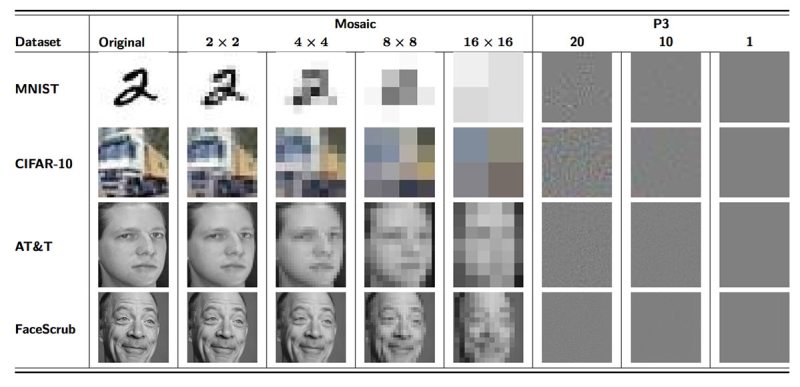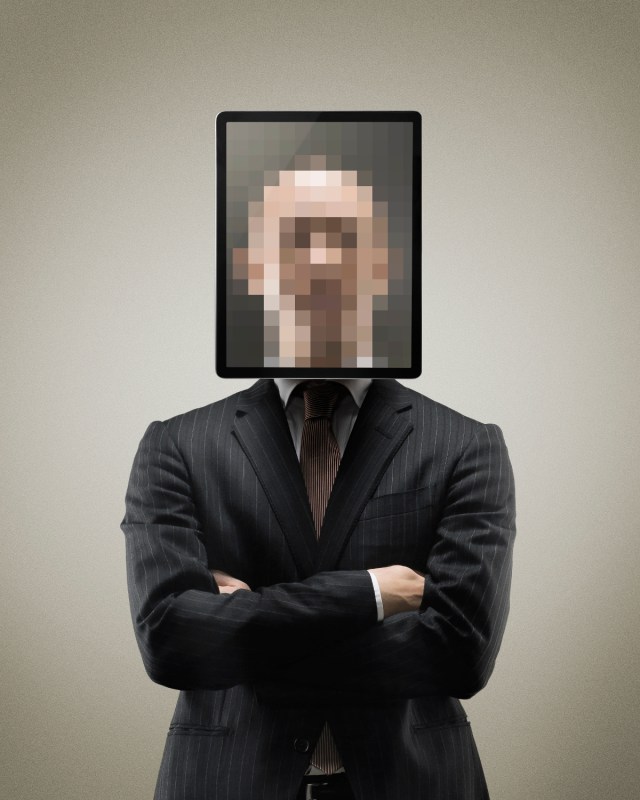Thanks to advancements in “deep learning,” artificial intelligence software can decode pixelated photographs.
A team of researchers from the University of Texas at Austin and Cornell Tech have trained a software program to uncloak digitally-blurred or distorted images using deep learning, essentially teaching a computer to interpret a set of example data. Using this process, the team’s software identified encrypted photographs with a 71% success rate. For context, the human success rate was 0.2%.

The team purposely used an open source deep learning library to train their software, and their research exposes more weaknesses in the concept of online privacy. “The techniques we’re using in this paper are very standard in image recognition, which is a disturbing thought,” said Cornell Tech’s Vitaly Shmatikov, pointing out that theirs was an “off-the-shelf, poor man’s approach” to encrypted image recognition, and that a person or entity with bad intentions could do a lot of damage with this technology.
Ultimately, the team’s research was meant as encouragement for the privacy and security communities to step up their game and develop new visual redaction techniques. “I hope the result of this paper will be that nobody will be able to publish a privacy technology and claim that it’s secure without going through this kind of analysis,” Shmatikov said.
For more information about deep learning, click here.
This article was featured in the InsideHook newsletter. Sign up now.
























